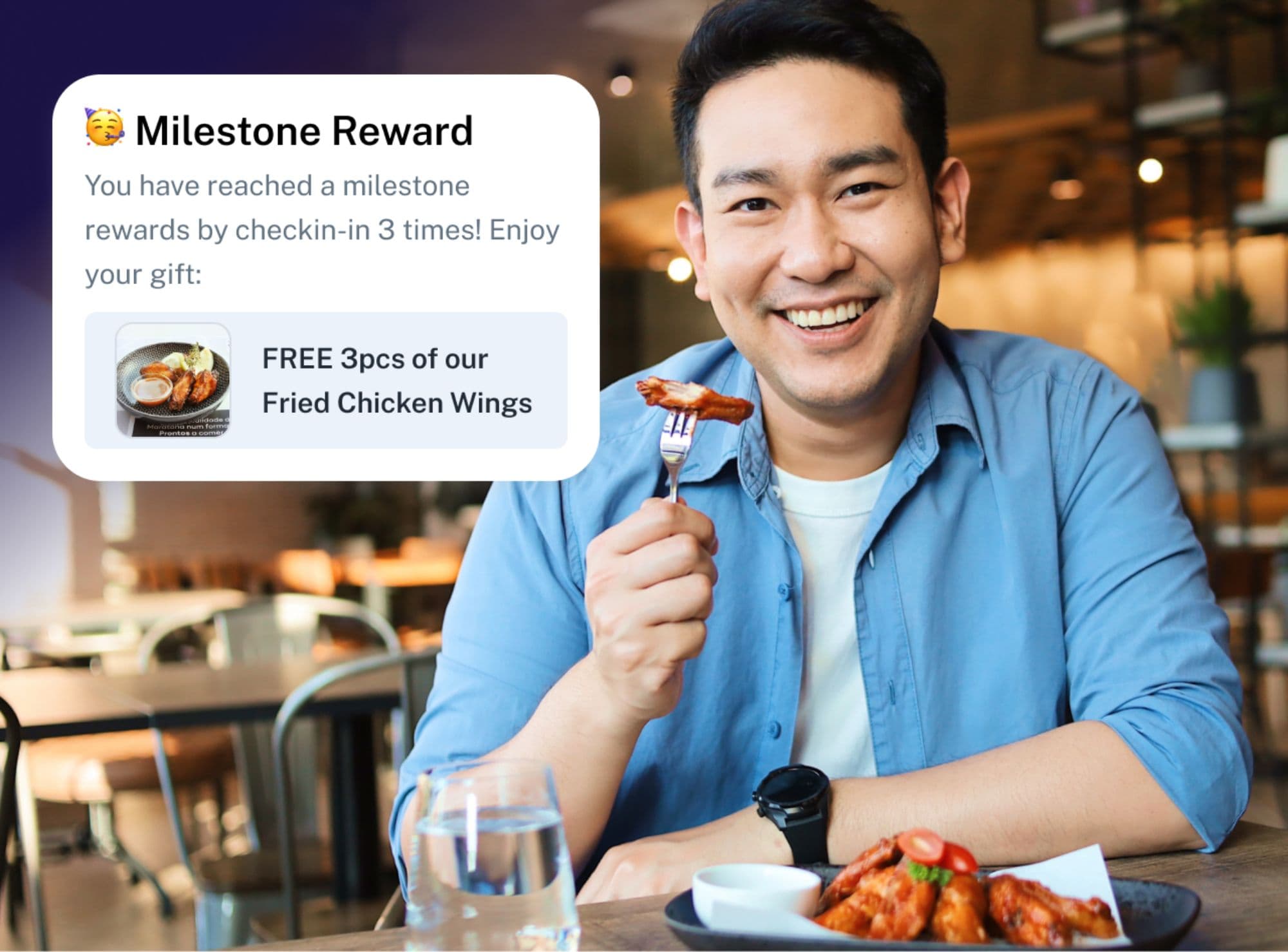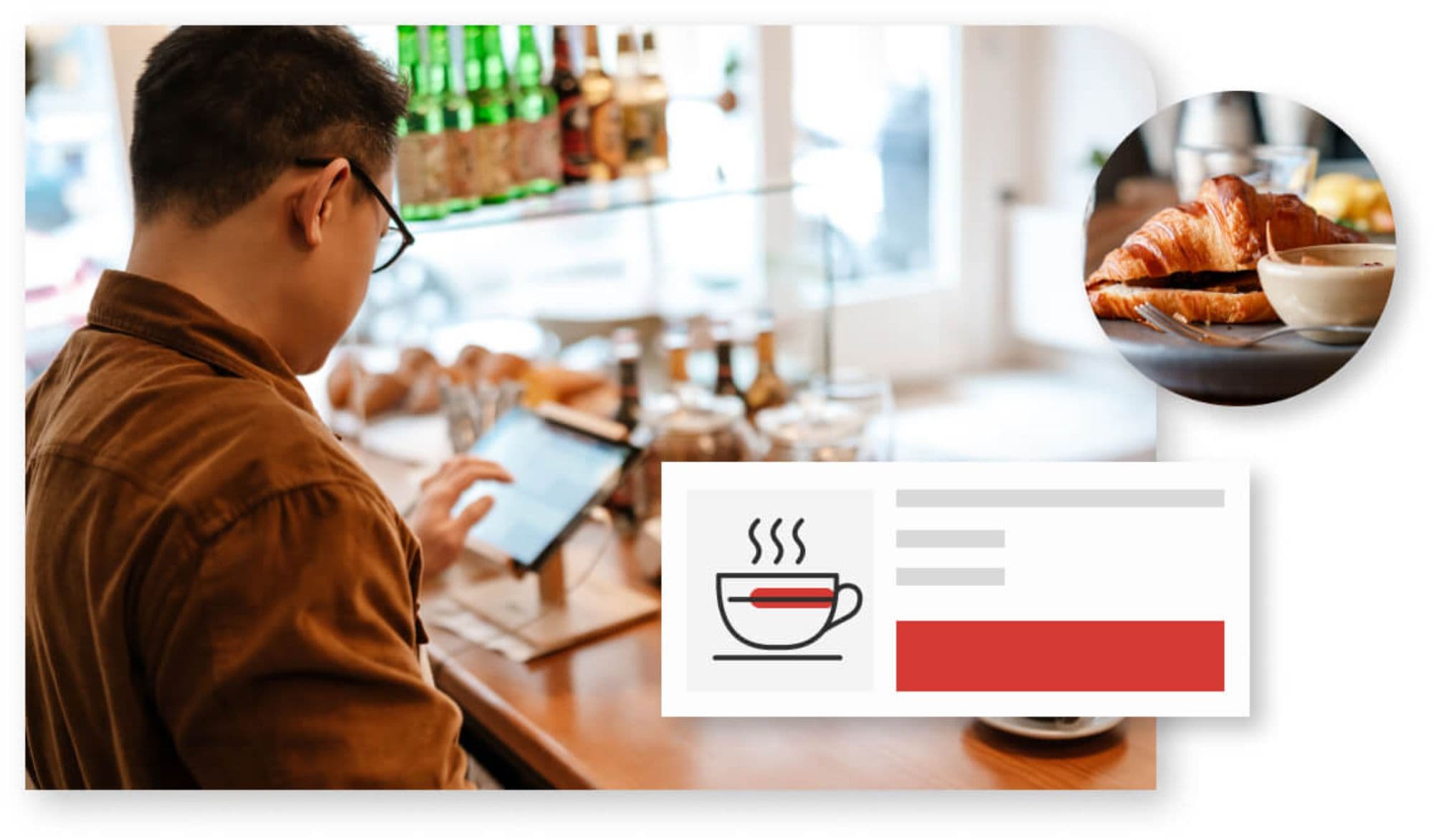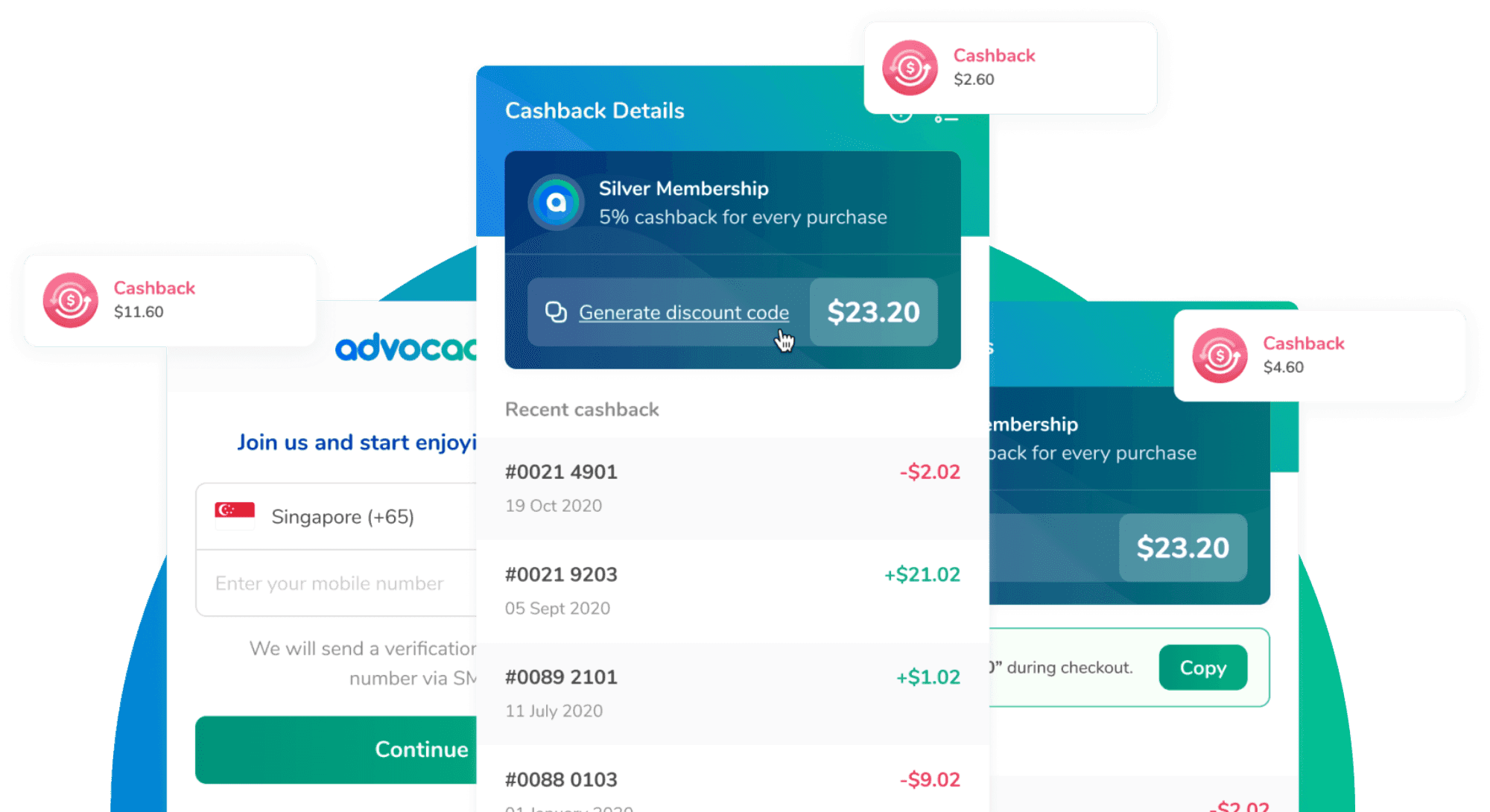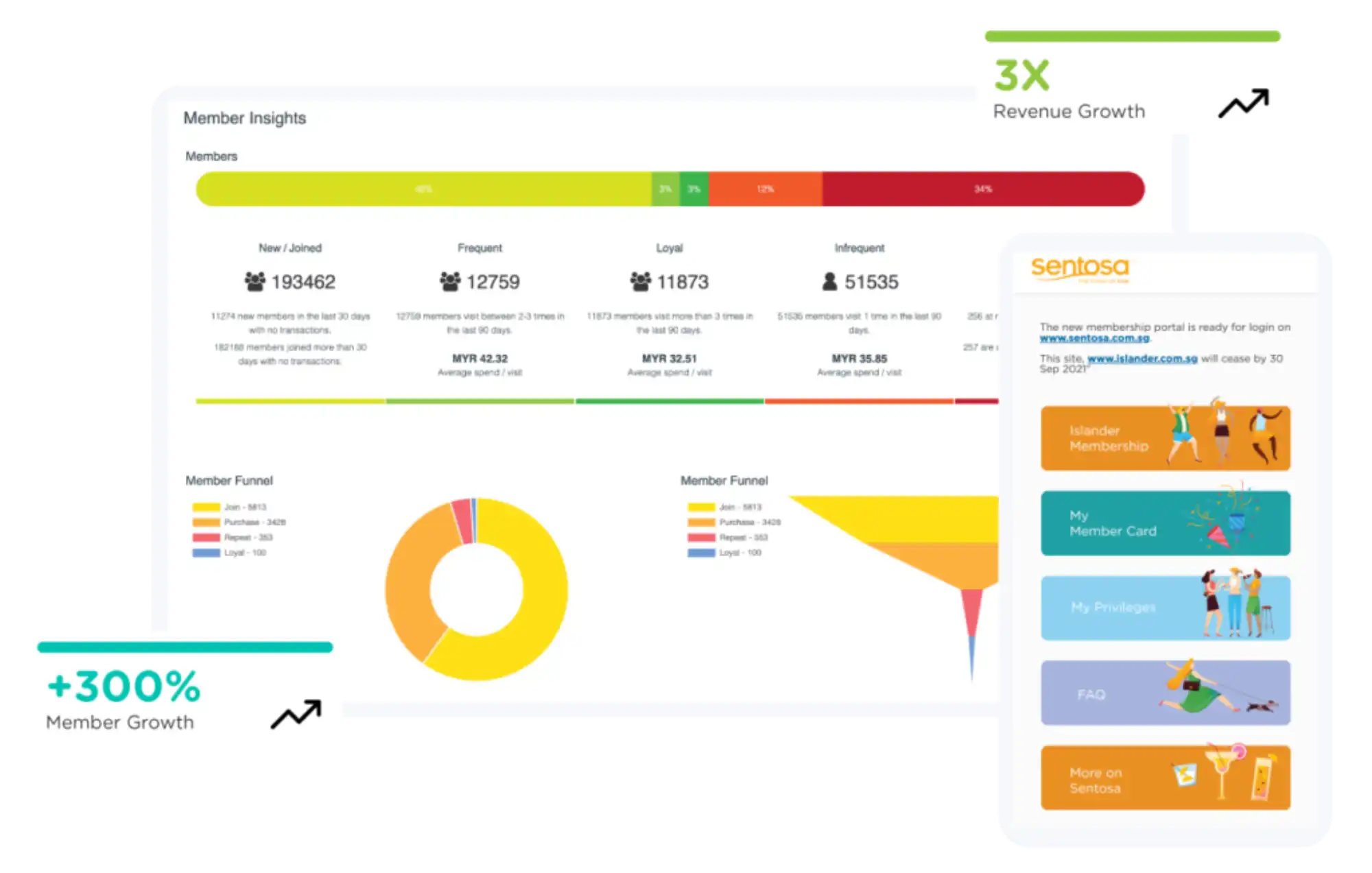Best Loyalty & CRM Systems for Singapore Restaurants in 2025

Loyalty & CRM systems in Singapore
In Singapore’s highly competitive F&B industry, restaurants face persistent challenges in attracting new customers, retaining loyal ones, and driving consistent growth. A Customer Relationship Management (CRM) and loyalty system can be a game-changer, helping restaurants streamline operations, engage customers effectively, and unlock new revenue opportunities.
With multiple options available in Singapore, this guide provides a detailed analysis of the leading CRM and loyalty systems—Oddle Loyalty, Ascentis, Advocado, and Eber. By comparing their features, pricing, and outcomes, this guide will help you choose the right solution for your business.
Why Your Restaurant Needs a CRM/Loyalty System
A well-designed CRM and loyalty system is no longer a luxury—it’s essential for sustainable growth. Here are the key challenges restaurants face and how the right system can address them:
1. Sustained Growth is a Challenge
- Inconsistent Marketing Strategies: Many restaurants rely on temporary boosts like influencer marketing or seasonal promotions, which fail to create lasting results.
- Neglected Online Branding: Restaurants often fail to invest in building a strong online presence or optimizing for SEO, limiting visibility and reducing their ability to attract new customers.
2. Retention is Harder Than It Looks
- Overestimating Retention Rates: Restaurants often remember frequent diners but overlook the larger customer base, leading to misplaced confidence in retention efforts.
- Lack of Engagement: Without knowing who your customers are or what they value, meaningful engagement becomes nearly impossible.
3. Enrolment Rates are Too Low
- Capturing Data from the Payer Only: Most systems capture information only from the individual who pays, missing data on the rest of the group.
- Missed Opportunities: With low enrolment rates, restaurants are unable to leverage loyalty programs to their full potential.
4. Fragmented Customer Data
- Disconnected Channels: Restaurants often separate dine-in, delivery, and takeaway data, making it hard to build a complete customer profile.
- Lost Cross-Channel Opportunities: Without integration, restaurants miss chances to encourage delivery customers to dine in or vice versa.
5. Poor Online Reputation and SEO
A key challenge for restaurants is the failure to build a robust online brand:
- Unoptimised SEO: Without a focus on keywords like "best restaurant near me," restaurants miss traffic from organic search.
- Limited Review Management: Many restaurants don’t systematically collect reviews, weakening their search visibility and credibility.
Key Metrics for Measuring CRM/Loyalty Success
The effectiveness of a CRM and loyalty system can be measured through these critical metrics:
- Number of Customers Enrolled
- A loyalty program’s impact starts with how many customers you can successfully enrol. Systems that limit enrolment to just the paying customer often fail to maximise potential.
- Cost Per Customer Enrolled
- Fixed subscription models can result in high costs per enrolled customer, especially for smaller restaurants with lower traffic.
- Active Engagement Sent to Customers Enrolled
- Capturing data is just the first step. The effectiveness of a CRM depends on how actively you can engage those customers with rewards, reminders, and offers.
- Cost Per Engagement
- Expensive communication channels like SMS or WhatsApp significantly increase costs, while email-based engagement can reduce expenses.
- Return on Investment (ROI)
- The true test of a loyalty program lies in the revenue it generates compared to the costs of enrolment, engagement, and platform fees.
Detailed Enrolment Cost Analysis
Let’s assume a restaurant serves 3,000 covers per month. Here’s how enrolment costs compare for each platform:
Eber
- Captures only paying customers (~1 in 4 diners), yielding 750 potential customers per month.
- With a 20% enrolment rate, this results in 150 enrolled customers.
- Monthly Software Cost per Outlet: SGD 299
- Enrolment Cost per Customer: SGD 1.99 per customer (SGD299/150)
Advocado
- Captures only paying customers (~1 in 4 diners), yielding 750 potential customers per month.
- With a 20% enrolment rate, this results in 150 enrolled customers.
- Monthly Software Cost per Outlet: SGD 158
- Enrolment Cost per Customer: SGD 1.05 per customer (SGD158/150)
Oddle Loyalty
- Charges SGD 0.35 per customer enrolled, making it significantly more cost-effective compared to subscription-based models.
Pricing Comparison of CRM/Loyalty Systems
``` | System | Pricing Model | Starting Cost (per outlet) | Enrollment Cost | Engagement Cost | | Oddle Loyalty | Usage-Based Pricing | No upfront cost, pay per usage | Low ($0.35/customer) | Low (email-focused) | | Ascentis | Custom Pricing | Contact for quote | Moderate | Moderate to High | | Advocado | Fixed Subscription | SGD158/month | High ($1.05/customer) | High (SMS/WhatsApp) | | Eber | Fixed Subscription | SGD299/month | High ($1.99/customer) | Moderate to High
```
Which System is Right for Your Restaurant?
Choosing the best CRM and loyalty system depends on your restaurant’s priorities, customer engagement goals, and operational needs. Here’s a detailed analysis of how each system performs, highlighting their strengths and considerations:
Oddle Loyalty

Website: <https://oddle.me/products/restaurant-loyalty-crm-system>
Key Strengths
- Maximises customer enrolment through QR codes and NFC, capturing more data from all diners at the table
- Comprehensive data capture, including email, birthday, phone number, and dining behaviour
- Effective re-engagement tools like email reminders, vouchers, and surveys
- Focused on driving measurable outcomes like repeat visits and retention
Considerations
- Primarily tailored for dine-in customer engagement; additional solutions may be needed for delivery-heavy businesses
Who Should Use Oddle Loyalty?Restaurants seeking a loyalty solution tailored specifically for the F&B industry, with a focus on enrollment, retention, and re-engagement through detailed customer insights.
Ascentis

Website:<https://corp.ascentis.com.sg/>
Key Strengths
- Robust analytics for detailed customer behaviour and campaign insights
- Seamless omnichannel integration across reservations, in-store visits, and delivery platforms
- Highly customizable loyalty programs
Considerations
- Complex setup with a steep learning curve, especially for smaller teams
- High costs may make it inaccessible for smaller restaurants
- Potential for underutilized features if resources or expertise are lacking
Who Should Use Ascentis?Larger businesses or multi-outlet restaurants looking for an enterprise-grade solution with robust analytics and cross-channel integration capabilities.
Advocado

Website: <https://advocadoapp.com/>
Key Strengths
- Easy to set up and operate, ideal for small to medium-sized restaurants
- Supports versatile reward options like cashback, points, and stamp cards
- Fixed pricing for predictability
Considerations
- Limited data capture focuses on basic customer details like name and phone number
- High engagement costs for SMS/WhatsApp-based campaigns
- Scalability is limited for growing businesses or larger operations
Who Should Use Advocado?Restaurants seeking a basic, low-maintenance loyalty solution for small-scale operations with modest engagement needs.
Eber

Website: <https://eber.co/>
Key Strengths
- Comprehensive feature set with loyalty points, digital stamp cards, and multi-channel redemptions
- Automated reward distribution simplifies operations
- Flexible engagement options across in-store, online, and mobile channels
Considerations
- Broader industry focus may lack specific F&B-centric features
- High starting and enrollment costs can strain smaller restaurants
- Requires expertise to manage effectively, especially for loyalty program novices
Who Should Use Eber?Businesses seeking a feature-rich platform for diverse loyalty strategies across various industries, including retail and hospitality.